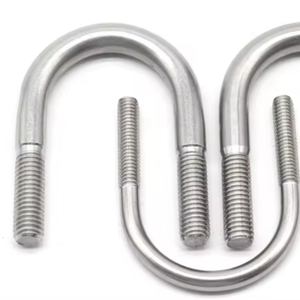
All categories
Featured selections
Trade Assurance
Buyer Central
Help Center
Get the app
Become a supplier












Khi một công ty sử dụng trục sau tốc độ hiệu quả, họ có lợi thế cạnh tranh trong ngành của họ. Điều này là do rủi ro được giảm bớt khi mua nguyên vật liệu và bán dịch vụ và sản phẩm cho người tiêu dùng. Có nhiều lợi ích khác nhau khi sử dụng trục sau tốc độ. có thể mua trực tuyến trên Alibaba.com với giá hấp dẫn.
Triển khai trục sau tốc độ. hệ thống thành một doanh nghiệp có nghĩa là chúng có thể điều chỉnh linh hoạt hơn theo những biến động kinh tế. Họ cũng có thể linh hoạt hơn với các thị trường mới nổi và vòng đời ngắn trên một số sản phẩm nhất định. Chi phí có thể giảm với các dịch vụ có sẵn trên Alibaba.com, với hệ thống kiểm kê tốt hơn và hàng ít bị hư hỏng hơn là những lợi ích to lớn của các hệ thống này. Cùng với việc giảm chi phí, các hệ thống này cung cấp thời gian giao hàng tốt hơn, với việc phân phối sản phẩm cuối cùng được cải thiện đáng kể.
Một lý do khác khiến nhiều công ty sử dụng trục sau tốc độ. là họ cải thiện hàng loạt giao tiếp. Với thông tin liên lạc tốt hơn mang đến sự phối hợp tốt hơn, nơi các công ty mua sắm và vận tải có thể hợp tác dễ dàng với các nhà cung cấp và nhà cung cấp. Với sự hợp tác được cải thiện, một công ty cũng có thể thấy mức lợi nhuận kinh doanh của mình tăng lên. Sự chậm trễ trong quá trình xử lý gần như có thể được loại bỏ, và các lô hàng trễ vì lỗi hậu cần hiếm hơn. Nếu một doanh nghiệp muốn phát triển và vận chuyển trên toàn thế giới, những dịch vụ này là điều cần được xem xét.
Tìm giá cả phải chăng trục sau tốc độ. cung cấp dịch vụ quản lý trên Alibaba.com. Một số công ty hậu cần khác nhau cung cấp các dịch vụ này để phù hợp với nhu cầu của khách hàng. Tận hưởng khả năng phối hợp tốt hơn và tăng lợi nhuận kinh doanh khi mua sắm trực tuyến ngay hôm nay.